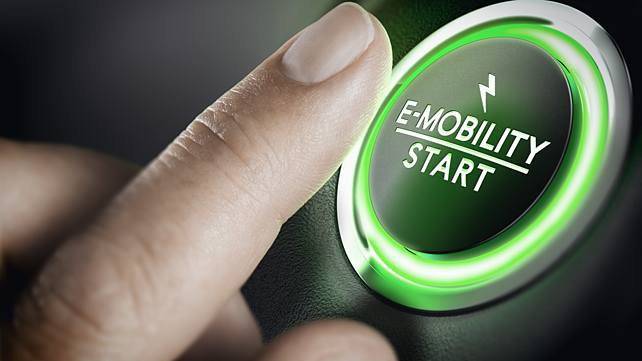
Electric vehicles (EVs) have been around for a long time – in fact, they predate internal combustion technology but given the global outcry against climate change and the phenomenal success of Tesla, there has been a surge of interest and innovation in this field.
While the interest in India has been no less, the country has lagged in terms of a technological uptake in this domain. However, when it comes to EVs, India competes on an equal footing with the rest of the globe. We’re also seeing a massive push by both central and state governments in this area, in the form of policies promoting domestic manufacturing and the adoption of EVs.
As a result, we are now seeing core electric technologies such as battery packs, powertrains and motor controllers being designed and developed in India. India ranks third as an attractive investment destination for technology transactions, and it is not surprising that our western peers are increasingly looking at India as a technology and innovation powerhouse for EV hardware.
While China is projected to remain the largest market for electric two-wheelers (E2Ws) until 2040, India is projected to become the largest market for two-wheelers in the next few years. Two-wheelers already form 80% of the overall automotive sales in the country and the size of this market continues to grow.
E2Ws, therefore, represent a significant market opportunity, where sales are projected to top 30 lakh units in the next five years, witnessing a CAGR of 84% from FY21 to FY26, as per the latest report by JMK.
Traditionally, the two-wheeler has long been seen as a cultural icon (for the middle class and lower middle class) and the archetypal family vehicle in India that offers a practical, inexpensive and quick form of transit. The key elements influencing two-wheeler purchase is affordability, durability, fuel efficiency, and resale value.
In a country such as India, it boils down to the total cost of ownership (TCO) of the vehicle for it to even enter the consideration set of the customer, irrespective of whether it is an EV or an ICE vehicle.
EVs must deliver a better experience
Over the past two years, we have seen COVID accelerate the adoption of digital among the masses. India is, in many ways, a ‘digital first’ nation today and this is reflected in the adoption of a ‘connected’ lifestyle, driven in large part by smartphones, connected wearable devices and consumer electronics.

This is being reflected in the automotive sector as well, where, in addition to the TCO, there is an emerging need for a smart and connected user experience. Thus, to accelerate the EV adoption by the masses, it is important that EVs should not be a mere replacement for ICE vehicles, but also offer a better experience over conventional vehicles.
Quality of the EVs, availability and awareness about the charging infrastructure and a robust service support system are the key pillars of ensuring a superior user experience. Products need to be designed and developed in sync with Indian conditions and usage patterns instead of simply being imported from foreign vendors and assembled here – this approach will not align well with the intent to push forward with EV adoption. If anything, the poor quality of many of these vehicles may act as a deterrent to the transition by increasing the anxiety of customers towards vehicle quality.
This assumes even more significance when one looks at the higher upfront cost of EVs that is also a deterrent for the transition. However, these costs are expected to come down in future with a reduction of battery costs, strengthening of the raw material supply chain and fast-tracking the product development timelines. Indianising EVs and building a nationwide EV ecosystem will be a key confidence-building measure for consumers.
The non-availability of charging infrastructure is yet another deterrent to the mass adoption of EVs. However, when it comes to E2Ws, one can even use a 5 A or 15 A plug to charge the vehicle in a short time. While this does not undermine the need for robust charging infrastructure, it also means that the charging network is not an absolute necessity for E2Ws, which are used for intra-city transit. Thus, increasing customer awareness is the need of the hour, while the development of charging networks can continue in parallel.
In conclusion
The Indian EV market is poised to grow. High-quality products offering an improved customer experience across multiple touchpoints and aligned to customer requirements is key to growth. Today, there is undoubtedly huge optimism with regard to EVs. It’s no longer a question of when, it's more about how the transition is to happen and who will drive it. It’s time Indian customers get their due when it comes to enjoying a vibrant and competitive EV ecosystem.
About the Author: Mohal Lalbhai is the CEO of Matter, a new-age EV start-up accelerating India towards an energy-independent future.